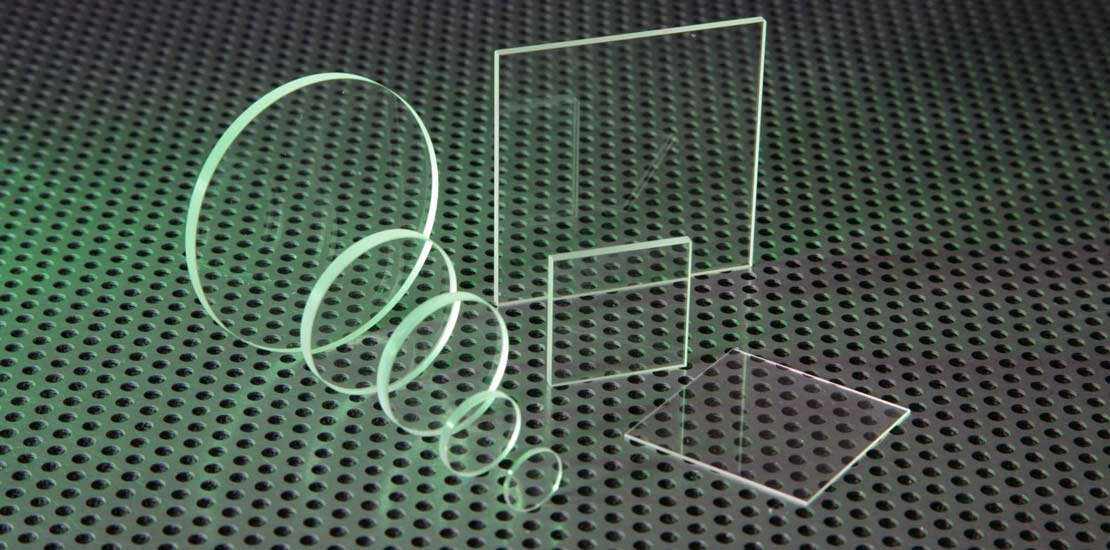
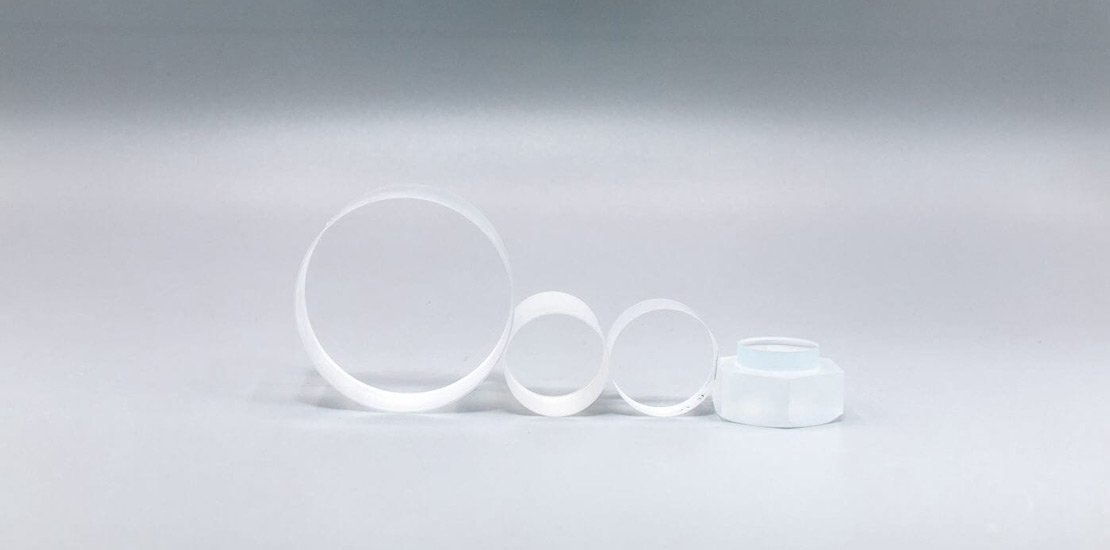
Project Details
- Product Name:
CVD Optical Window
- Refractive Index of Light:
1064nm:2.392; 600nm:2.415
- Transmissivity of Light:
1064nm:>68% 8µm~25µm:>70%
- Usage:
Optical Window
- Technology:
CVD
CVD single crystal material (HPC-SCD) is one of the most promising materials for high-pressure optical windows. Its high purity and lack of visible layers and large intensity ratio make it an attractive candidate. However, some defects may be present in these materials, such as nitrogen leaks. These defects can be used to differentiate HPC-SCD diamonds from natural ones.
Characteristics of Optical Window
- When UV-Vis spectra of CVDe samples are acquired, they will show the absorption of light at different wavelengths. The wavelengths and intensity of light can be used to compare samples or measure changes over time. It is important to conduct repeatable experiments to get reliable results.
- Using UV-Vis spectroscopy, scientists can examine the structure of organic molecules. This technique allows them to determine the presence of unsaturation, double/triple bonds, or heteroatoms. UV-Vis spectra operate in the visible and ultraviolet regions, and are best used for determining the presence of unsaturation and double/triple bonds. The visible region of the spectrum ranges from 400 to 800 nm. Organic molecules contain sigma (single) and pi (double/triple) bonds. Pi bonds do not absorb UV radiation.
UV-Vis spectra of CVDE samples are useful in determining the chemical composition of these materials. Natural diamond samples exhibit a sharp absorption peak at 300 nm and weak absorption at 475 nm (N2 center). In contrast, CVD samples exhibit a broad absorption line at 385 nm, which corresponds to the electron-vibrational sideband of the N3 center. These spectra can be used to differentiate natural pink diamonds from treated diamonds.
UV-Vis spectra are useful in many different fields, including the sciences of biology, chemistry, and medicine. They can also be used in painting restoration, where their UV spectra can distinguish the materials used to create the color. They can also provide valuable information to environmental scientists, as they can identify organic contaminants in water and air, as well as analyze the climate on Earth.
Gemological properties of Optical Window:
The PL spectra of CVD diamonds have been analyzed by using photoluminescence to study the crystal’s internal structure. The lines in the PL spectra of CVD diamond are often correlated with the spectral properties of the diamond. The intensity of these lines tells us a lot about the response of the system to the incident light. The PL spectra of CVD crystals are typically composed of three main terms. The first term describes the electronic Zeeman interaction with the crystal’s magnetic field H, the second term represents the electron spin interaction with the crystal’s field, and the third term represents the magnetic hyperfine interaction. The PL spectra of CVDS diamonds are also useful to study the defect properties.
The PL spectra of CVD diamond show that the N atoms are incorporated into the diamond layers. At higher concentrations of B, the N atoms in the diamond layer become more stable and less likely to precipitate. Moreover, higher B/N co-doping ratios promote the formation of dense NV centers. These results were confirmed by thermal treatment of the samples.
Diamond has numerous advantages for electronic applications. It has a high refractive index and is transparent in the spectral range from far IR to deep UV. Its low electron affinity makes it useful in electronic devices, including light-emitting diodes, cold cathode diodes, metal-semiconductor FETs, and electro-chemical electrodes. However, the formation of high-quality crystals and doping of diamond semiconductors is difficult.
CVD Lab Grown Diamonds Optical Window:
CVD diamond has many exciting properties, including high optical transmission, excellent chemical resistance, and enhanced thermal stability. These properties are important for applications ranging from optical fibers to quantum computers. In this article, we discuss a few of these properties and discuss their potential applications. We also discuss the challenges in developing these materials, as well as the potential for future technologies.
NIST is conducting a workshop on the characterization and standardization of diamond films. This workshop will bring together researchers from universities and government organizations to share their expertise in measuring these properties. During this workshop, the participants will discuss how to measure the thermal conductivity and optical diffusivity of CVD diamond films.
The optical properties of CVD diamond were studied in the terahertz range using three independent methods. One of these methods used a very stable universal gas laser to measure the transmittance of CVD diamond. Another technique was vacuum Fourier spectroscopy to determine the frequency dependence. The third technique was calorimetry on a Novosibirsk terahertz free electron laser.
In addition to the PL spectra, the CVD diamonds exhibit a wide transmission window for visible light, indicating that the CVD process produces a diamond with a very large transmission window. A high-temperature gas, such as acetylene, is necessary for diamond growth.
The B/N doped CVD diamonds exhibit blue color. This is due to the emission of boron vacancy (BV) color centers during the diamond growth.
Related Projects
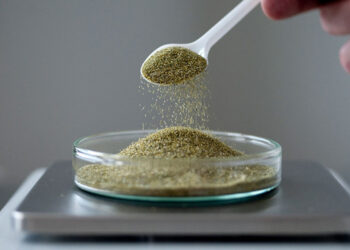
lab grown diamonds
Nanometer Modified Diamond Powder
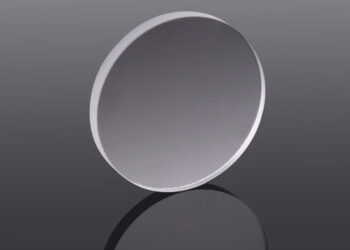
lab grown diamonds
CVD SC Diamond Optical Window
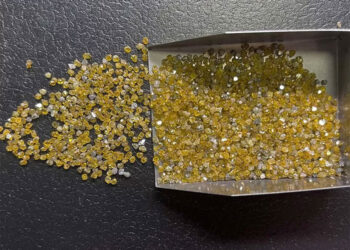
lab grown diamonds